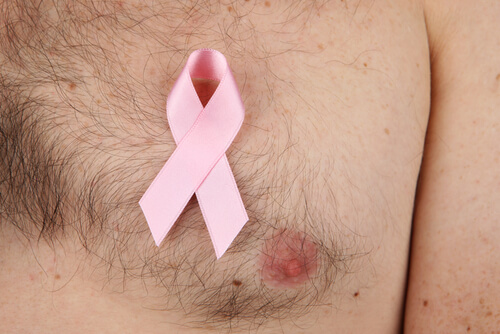
Gynecomastia is an unsightly and embarrassing condition for men. The development of “man-boobs,” is every young man’s worst nightmare and severely affects their self-image, degrading self-confidence. Gynecomastia affects a man’s quality of life and prevents them from taking off their shirt at the pool or on the beach.
The development of gynecomastia has numerous contributing factors. Elevated estrogen production and a lack of the male hormone, testosterone, increases the likelihood of an individual developing the condition. Drug use, misuse, and abuse play a role, along with a lack of adequate nutrition and the consumption of soy food products, as contributing factors.
However, gynecomastia doesn’t turn up overnight. The condition “grows” over time, and while it’s not noticeable in the early stages, there are a few early warning signs to pay attention to before the situation gets out of control. Here are eight signs of gynecomastia men need to know. If you think you’re developing the condition, speak to your doctor about treatment.
1. Soft Lumps in Breast Tissue
There are two types of gynecomastia – “true gynecomastia,” and “pseudo-gynecomastia.” Individuals experiencing the onset of “True gynecomastia,” notice a growth in the fatty, glandular tissue around the lower portion of the breast behind the nipple. People with “pseudo-gynecomastia,” experience a growth in the fatty tissue around the same area and towards the side of the pectoral muscle.
Feel your lower chest area for signs of lumps and bumps. The mammary glands swell due to aromatizing estrogen, producing a hard ball of tissue behind or below the nipple. If you notice this phenomenon, call a doctor and arrange a consultation. Your physician will analyze your blood work to determine your hormone levels, and issue treatment based on the results.
It’s common for teenage boys going through puberty to develop “breast-buds” behind the nipples, giving them a swollen appearance. This condition is a standard bodily response to fluctuating levels of estrogen and testosterone, and you can expect the gynecomastia to disappear after 6 to 24-months.


